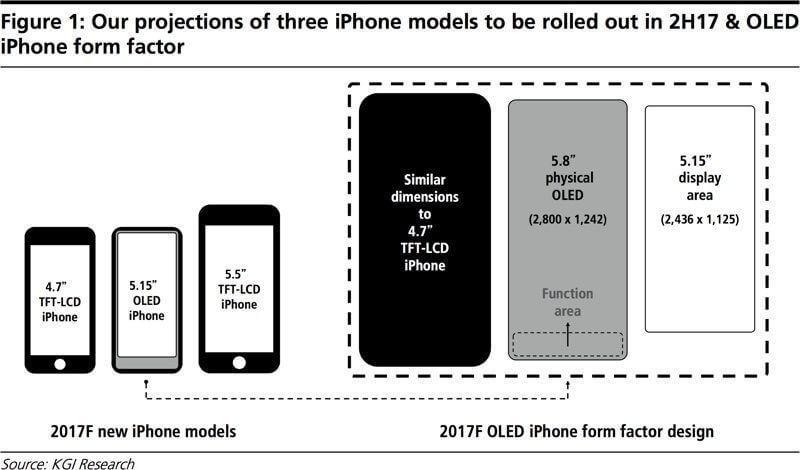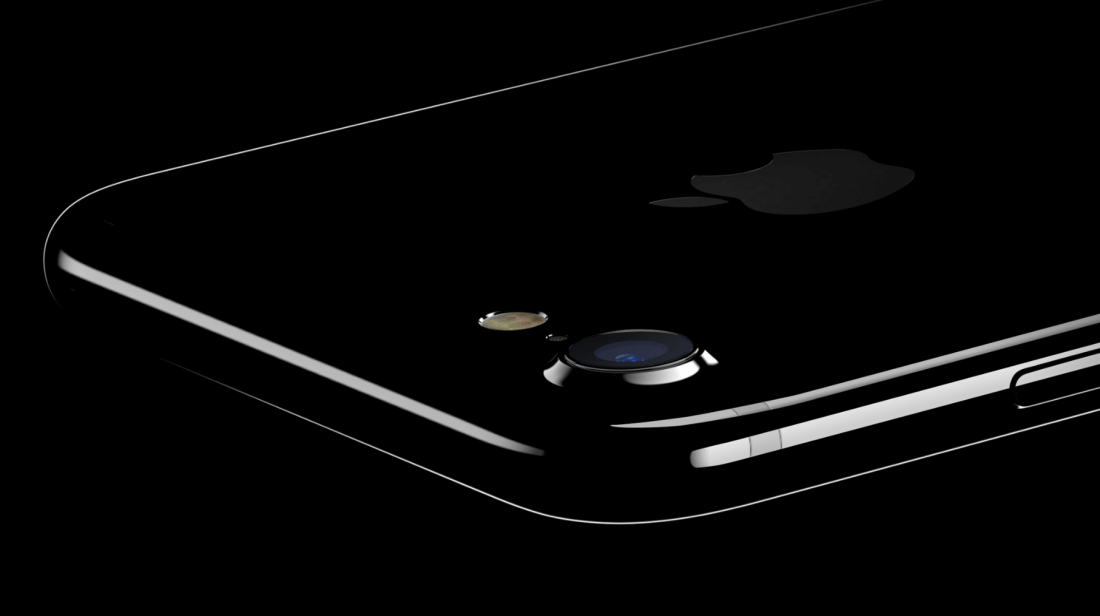Many consumers found the lack of innovation in the iPhone 7 a disappointment. It's a mistake that Apple won't be making in this year's handsets - at least in the $1000 OLED version, anyway. According to renowned KGI Securities analyst Ming-Chi Kuo, the edge-to-edge design in the iPhone 8 will see the Home button and Touch ID sensor replaced with a "function area" made up of virtual buttons.
Back in December, a pair of purported leaked documents seemingly confirmed that we'd see three iPhones released this year, likely to be the iPhone 7S, iPhone 7S Plus, and the 10th anniversary iPhone 8, which may be called the iPhone X.
As you would imagine, it's this premium phone that's getting a lot of interest. The pricey handset is expected to be the only model to favor an OLED display over LCD panels. We already know that the Home button is going, but Kuo, who's often right about these things, has told investors what else to expect in the iPhone 8.

The OLED phone will measure the same size as the 4.7-inch model, allowing it to be operated with one hand, but it will come with a 5.8-inch OLED screen (2800x1242) with a bottom section dedicated to the virtual buttons. This means the active diagonal display area will be closer to 5.15-inches.
Kuo's note suggests that a set of always-on, iOS system controls could appear in the function area, according to Apple Insider. Whether it could switch to an active mode depending on the app being used, much like the Touch Bar in the new MacBook Pros, remains to be seen, though it's a strong possibility.
Kuo believes that removing the touch ID sensor means the phone "will come with other biometric technologies that replace the current fingerprint recognition technology," which could see the implementation of iris or facial recognition.
All this new tech is expected to push the phone's manufacturing costs up by at least 50 percent - Apple's justification for that $1000 price tag.
